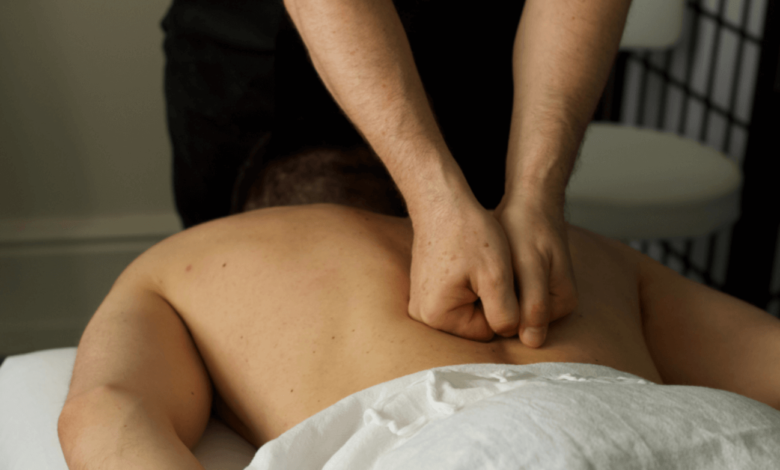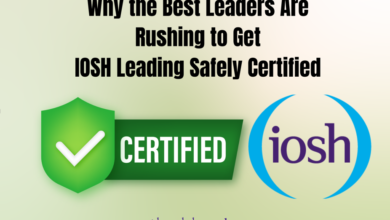How Massage Therapy Can Relieve Stress and Improve Circulation

Massage therapy has emerged as a multifaceted approach to managing stress and enhancing circulation, offering significant benefits for both mental and physical health. By employing various techniques to manipulate soft tissues, massage can lead to reduced cortisol levels and improved blood flow, fostering a deeper sense of relaxation and well-being. Understanding the specific mechanisms through which these effects occur can illuminate the broader implications for overall health. As we explore the various benefits and techniques involved, a clearer picture of how massage therapy can serve as a vital tool in stress management and circulation improvement begins to form.
Benefits of Massage Therapy
Massage therapy offers a multitude of benefits that extend beyond mere relaxation, with studies indicating that approximately 90% of individuals experience significant stress relief following a session.
This holistic approach not only enhances physical wellness but also supports mental health, promoting emotional balance and resilience.
How Massage Relieves Stress
Utilizing various techniques to manipulate the body’s soft tissues, massage therapy effectively reduces stress by promoting relaxation and enhancing circulation.
These practices strengthen the mind-body connection, allowing individuals to release tension and embrace tranquility.
Impact on Circulation
The manipulation of soft tissues during massage therapy plays a significant role in enhancing circulation throughout the body.
By stimulating blood flow, massage promotes improved oxygen delivery to tissues, which is essential for optimal vascular health.
This increased circulation assists in the removal of metabolic waste, ultimately facilitating a sense of rejuvenation and well-being, empowering individuals to enjoy a healthier, more active lifestyle.
Choosing the Right Technique
Selecting the appropriate massage technique can significantly influence the overall effectiveness of stress relief.
Technique selection should align with personal preferences, as different modalities cater to various needs. For instance, Swedish massage promotes relaxation, while deep tissue focuses on muscle tension.
Understanding your own body’s responses and desires empowers you to choose a technique that enhances your sense of freedom and well-being.
Also read: How Laboratories Provide Crucial Insights for Accurate Diagnosis
Conclusion
In the intricate tapestry of human experience, massage therapy serves as a gentle thread, weaving together relaxation and vitality. Through the alleviation of stress and enhancement of circulation, this practice symbolizes the restoration of balance within the body and mind. As the river of blood flows more freely, it carries away tension and nurtures well-being, illuminating the path toward a rejuvenated existence. Embracing massage therapy can transform the burdens of daily life into a harmonious symphony of health and tranquility.




